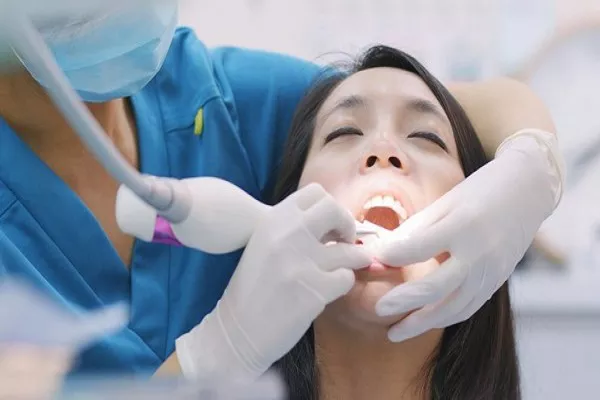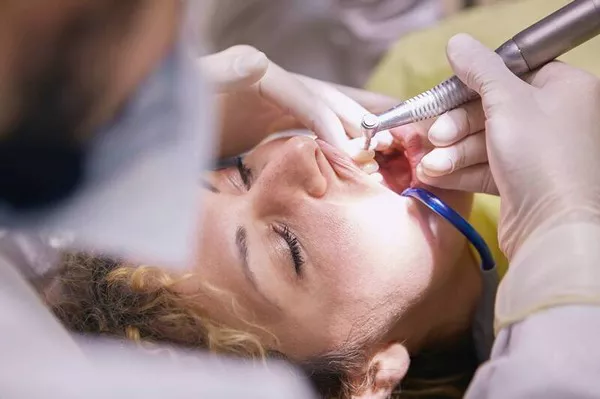The decision to get braces is an important step towards achieving a beautiful and healthy smile. Before the braces can be fitted, patients undergo a consultation with an orthodontist to assess their oral health and determine the best course of treatment. Many individuals wonder how long it takes to get braces after the initial consultation. In this article, we will explore the timeline from the consultation to getting braces, factors influencing the waiting period, and the essential steps involved in starting orthodontic treatment.
The Orthodontic Consultation
The orthodontic consultation is the first crucial step in the braces journey. During this appointment, the orthodontist evaluates the patient’s dental condition, discusses treatment options, and outlines the goals and expectations for the orthodontic journey. The consultation typically involves the following steps:
Dental Examination: The orthodontist examines the patient’s teeth, jaws, and facial structure to identify any dental issues, misalignments, or malocclusions.
X-Rays and Imaging: X-rays and other imaging techniques are used to obtain a comprehensive view of the patient’s dental structure, aiding in treatment planning.
Dental Impressions: Dental impressions or digital scans are taken to create accurate molds of the patient’s teeth, enabling the orthodontist to plan the braces’ placement.
Treatment Plan Discussion: The orthodontist discusses the recommended treatment plan, including the type of braces, expected duration of treatment, and estimated costs.
Addressing Patient Concerns: The patient has the opportunity to ask questions, share their concerns, and gain a clear understanding of the orthodontic process.
Factors Influencing the Waiting Period
The waiting period between the consultation and getting braces can vary depending on several factors:
Treatment Complexity: The severity of the orthodontic issue and the complexity of the required treatment can impact the waiting period. More complex cases may require additional preparations before braces can be placed.
Preparatory Procedures: In some cases, patients may need to undergo preparatory dental procedures, such as extractions or dental cleanings, before starting orthodontic treatment.
Scheduling Availability: The orthodontist’s schedule and patient load can influence the time it takes to schedule the braces fitting appointment.
Patient Readiness: Some patients may need time to mentally prepare for the commitment of wearing braces and adjusting to the lifestyle changes associated with orthodontic treatment.
Essential Steps in Getting Braces
Once the consultation is complete, and the decision is made to proceed with braces, the following steps are involved in getting braces:
Treatment Plan Confirmation: After discussing the treatment plan with the orthodontist and understanding the financial aspects of the treatment, the patient gives their consent to proceed with braces.
Customization of Braces: If the patient chooses traditional braces, the orthodontist will customize the brackets and wires to fit the patient’s dental structure.
Placement Appointment: The patient is scheduled for a braces placement appointment, where the orthodontist adheres the brackets to the teeth using a special adhesive.
Wire Adjustment: After the brackets are in place, the orthodontist inserts the archwire into the brackets and makes necessary adjustments to start the tooth-moving process.
Oral Hygiene and Care Instructions: The orthodontist provides the patient with oral hygiene instructions and care tips to maintain proper dental health during treatment.
Follow-Up Appointments: Regular follow-up appointments are scheduled to monitor the progress of the orthodontic treatment and make necessary adjustments to the braces.
Duration from Consultation to Braces
The duration from the consultation to getting braces varies depending on the factors mentioned above. In some cases, patients can get braces as soon as one to two weeks after the consultation. However, in more complex cases, the waiting period may be longer to allow for preparatory procedures or treatment planning. The orthodontist will provide a personalized timeline based on the patient’s specific needs and the complexity of the treatment.
Conclusion
The journey to getting braces starts with an essential orthodontic consultation, where the patient’s dental condition is assessed, and treatment options are discussed. The waiting period between the consultation and getting braces depends on various factors, including the complexity of the treatment, preparatory procedures, scheduling availability, and patient readiness. Once the decision is made to proceed with braces, the patient undergoes a braces placement appointment and follows a regular schedule of follow-up appointments for adjustments and progress monitoring. The duration from the consultation to getting bracesre decay. Gold fillings are long-lasting and biocompatible, and ceramic fillings closely mimic the appearance of natural teeth.
Regular dental checkups and preventive oral care are essential to maintain oral health and address cavities at an early stage. Consult your dentist to determine the best filling option that meets your individual needs, helping you restore your teeth to their optimal form and function for a healthy, confident smile.
Related Topics:





























